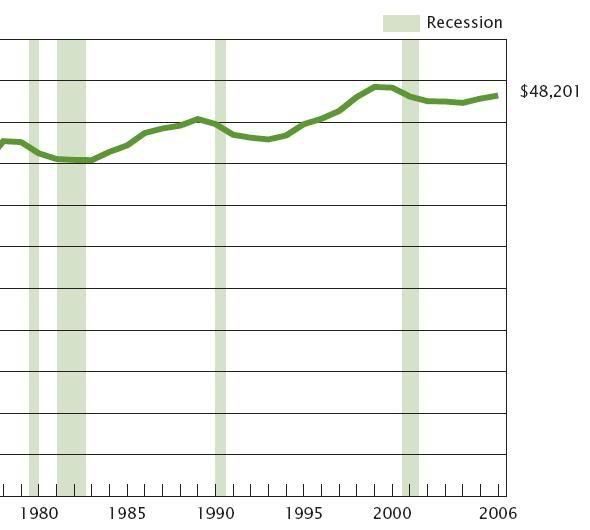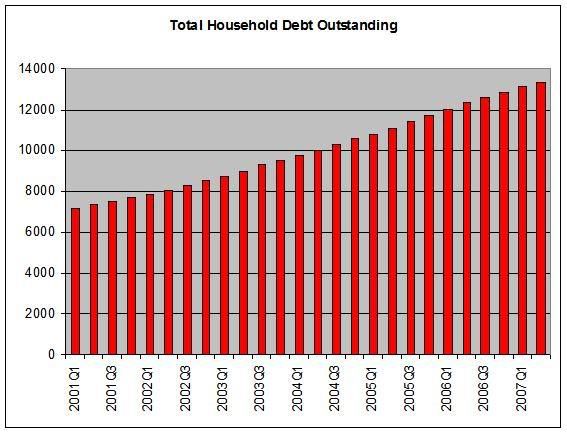...
So here it is, an obscure speech delivered by an obscure person, with a message that no one wants to hear:
For the 11th year in a row, the U.S. Government Accountability Office (GAO) was prevented from expressing an opinion on the consolidated financial statements of the U.S. government–other than the Statement of Social Insurance–because of serious material weaknesses affecting financial systems, fundamental recordkeeping, and financial reporting.
...
Overall, however, Walker was not satisfied. In a speech today at the National Press Club, he said, “If the federal government was a private corporation and the same report came out this morning, our stock would be dropping and there would be talk about whether the company’s management and directors needed a major shake-up.” Walker urged greater transparency and accountability over the federal government’s operations, financial condition, and fiscal outlook.Despite improvements in financial management since the U.S. government began preparing consolidated financial statements more than a decade ago, three major impediments prevent the U.S. government from obtaining a clean opinion: (1) serious financial management problems at the Department of Defense, (2) the federal government’s inability to adequately account for and reconcile intragovernmental activity and balances between federal agencies, and (3) the federal government’s ineffective process for preparing the consolidated financial statements.
“Until the problems outlined in our audit report are adequately addressed, they will continue to have adverse implications for the federal government and American taxpayers,” Walker said in a letter to the President and Congress. “The federal government’s fiscal exposures totaled approximately $53 trillion as of September 30, 2007, up more than $2 trillion from September 30, 2006, and an increase of more than $32 trillion from about $20 trillion as of September 30, 2000,” Walker said. “This translates into a current burden of about $175,000 per American or approximately $455,000 per American household.”
Now the essence of the word “conservative” lies in the art of preservation. Holding on to that which is useful from the past. Recognizing an obligation to the next generation. Time was, when publications like the Wall Street Journal would lambaste the government for its fiscal irresponsibility, and broadcasters like Fox News would chime in. Of course, they kept this steady drone during the Clinton era. And the truth was that during the Clinton presidency, the American Government was a modern model of fiscal responsibility, actually producing a series of surplus years, and starting the process of taking down the national debt.
With the arrival of George W. Bush, all proper stewardship of the economy has been thrown to the winds in favor of a quick joy ride for a team of power-crazy leaders. The cost of this presidency, put in dollars and cents through today, is $32 trillion dollars. That’s a 150% increase in exposure since the reins of office were handed to George W. Bush. ...


